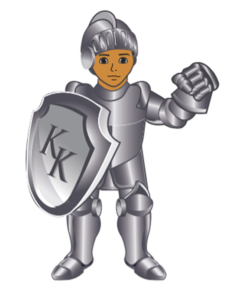In our increasingly globalized world, celebrating cultural diversity in early childhood settings is not just important; it’s essential. Early exposure to diverse cultures fosters tolerance, empathy, and a broad understanding of the world. This article explores how parents, educators, and caregivers can embrace and celebrate cultural diversity in ways that enrich young children’s lives.
The Importance of Cultural Diversity
Cultural diversity refers to the inclusion of various cultural, ethnic, and religious groups in a community. In early childhood, this exposure helps children understand and appreciate differences, promoting social skills and reducing prejudices. It also aids in developing a sense of identity and belonging, as children see their own backgrounds reflected and respected in their environment.
Integrating Cultural Diversity in Daily Activities
There are several ways to integrate cultural diversity into daily activities:
1. Multicultural Books and Stories: Include books that feature characters from diverse backgrounds and stories that introduce different cultural traditions. Storytelling can be a powerful tool to provide insights into how people live in various parts of the world.
2. Cultural Music and Dance: Music and dance from different cultures can be incorporated into playtime. This not only is a fun activity but also helps children develop an appreciation for diverse artistic expressions.
3. Celebrating Festivals and Holidays: Participate in and celebrate a variety of cultural festivals and holidays. This could involve special crafts, foods, or learning about the history and traditions behind these celebrations.
4. Language Exposure: Introducing children to basic words or phrases from different languages can be both educational and exciting for them. It’s a simple way to foster an interest in linguistics and cultural communication.
5. Diverse Toys and Games: Ensure the toys and games reflect diversity, including dolls of different ethnicities, games from various countries, and puzzles that represent different cultural stories.
Engaging Families and Communities
Involving families and the wider community in cultural education is invaluable. Parents can be invited to share stories, recipes, or traditions from their cultures. Community members from different backgrounds can also be invited to participate in show-and-tell sessions or cultural workshops.
Training and Education for Caregivers
Educators and caregivers should receive training on cultural competence. Understanding the nuances of different cultures helps them integrate these elements into their teaching more effectively and handle any culturally related issues with sensitivity.
The Role of Food
Food is a universal language and a fantastic way to explore culture. Hosting international food days where children can taste and learn about dishes from different countries can be a delightful and educational experience.
Addressing Stereotypes and Biases
It’s important to address any stereotypes or biases that might arise. Discussions should be age-appropriate, focusing on similarities among people while celebrating the differences.
Celebrating cultural diversity in early childhood settings lays a foundation for understanding, respect, and appreciation for different cultures. By integrating diverse experiences into everyday learning, we prepare children to thrive in a multicultural world. This early exposure not only enriches their childhood but also equips them with the social tools they’ll need throughout their lives.
